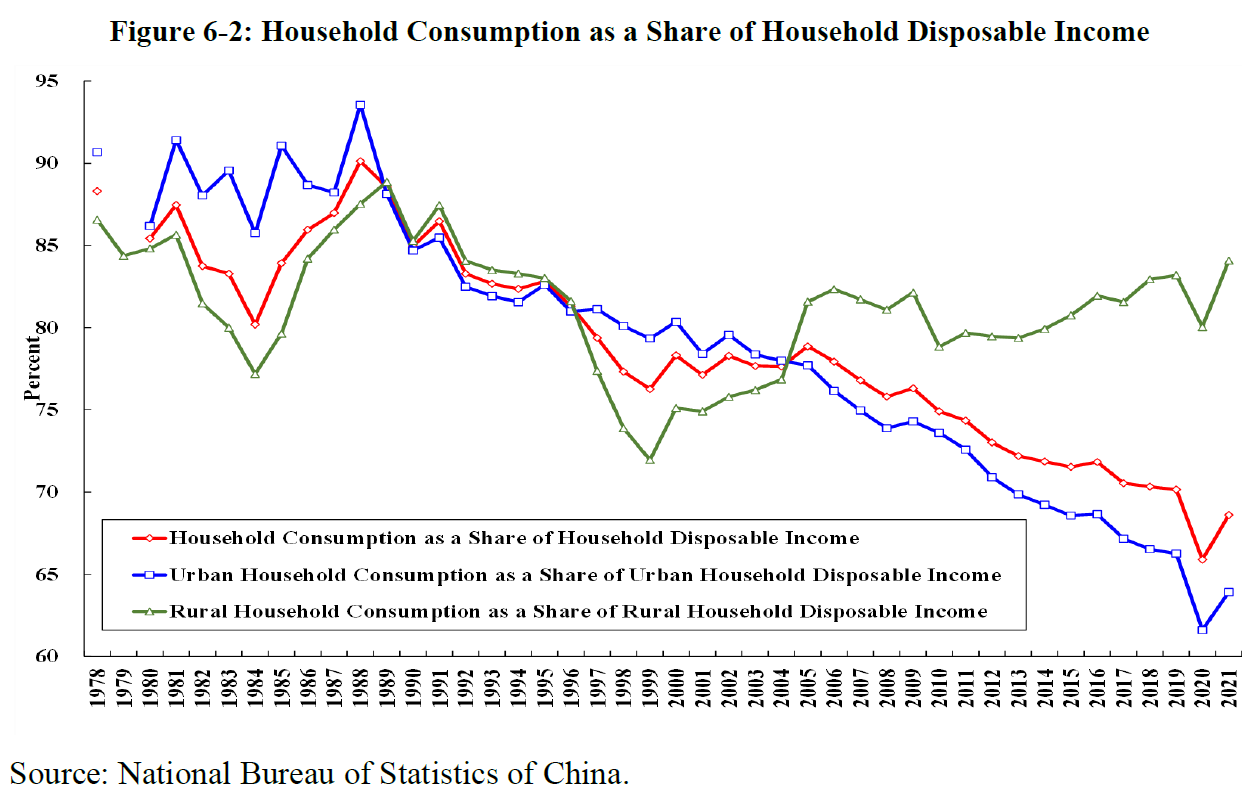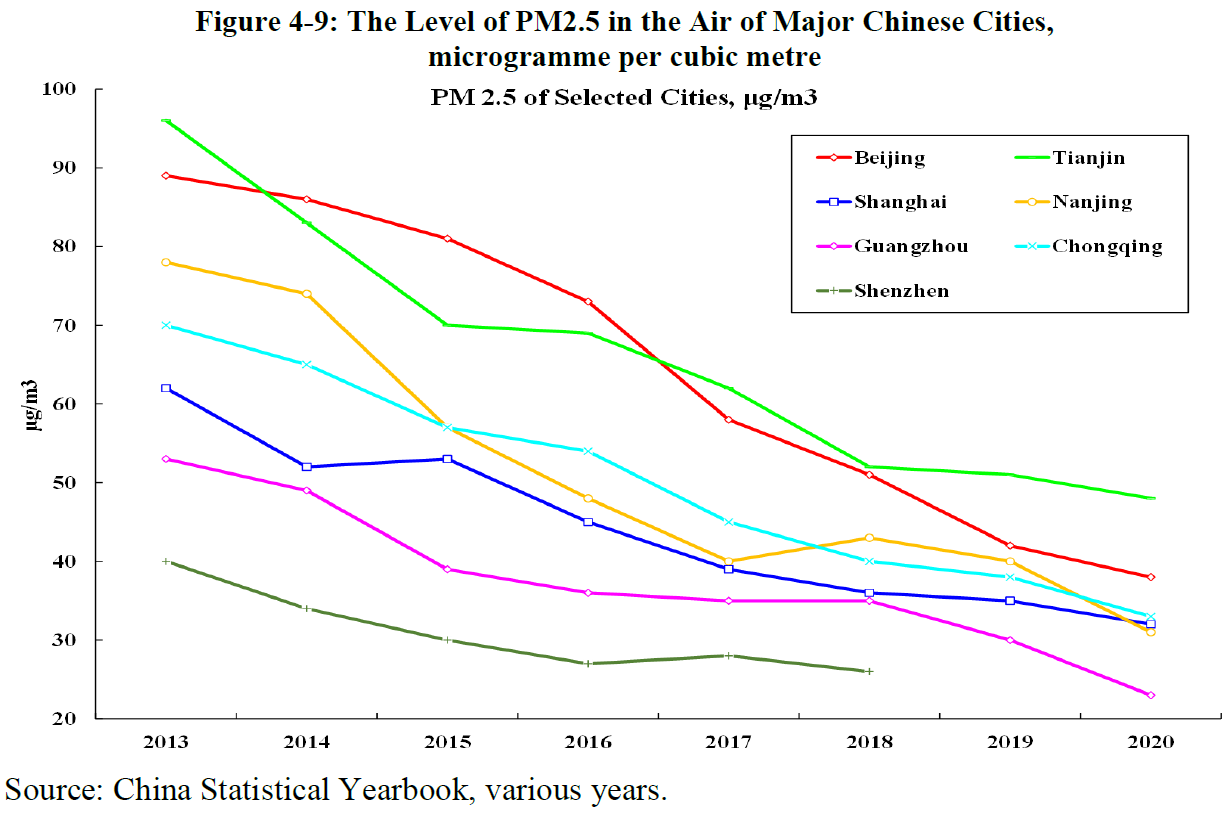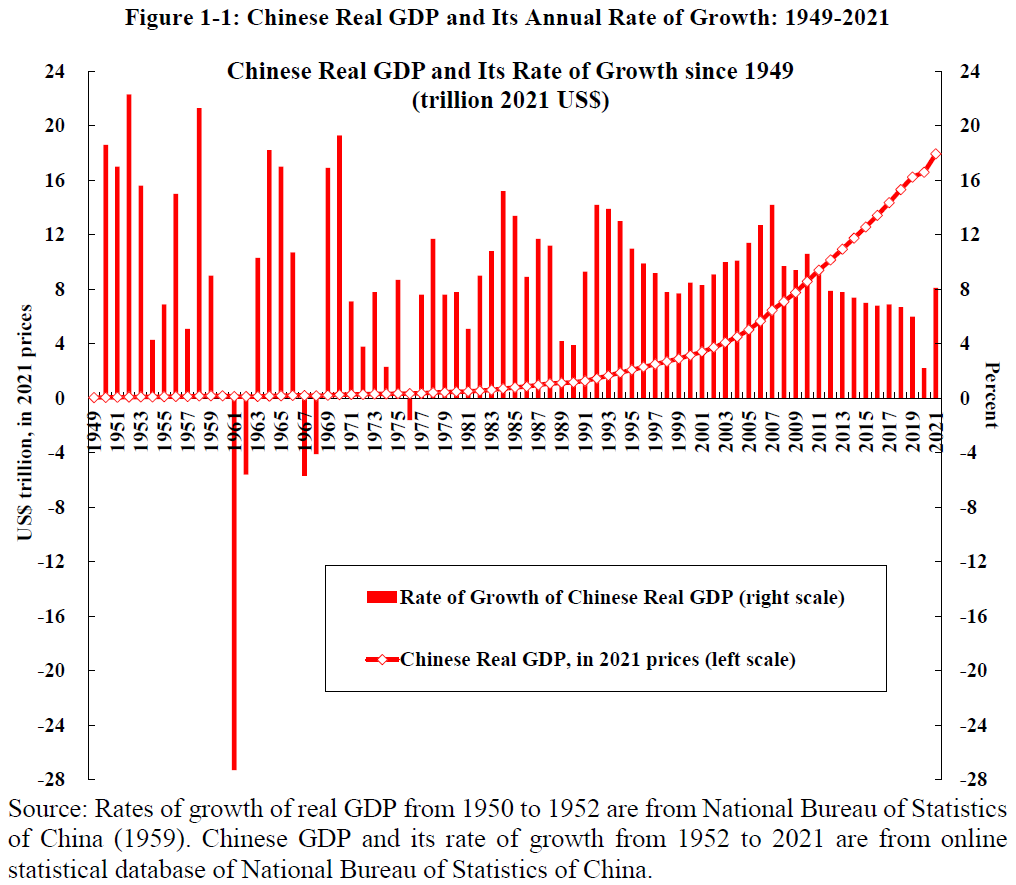
Lawrence Lau, Ralph and Claire Landau Professor of Economics, CUHK
Jun 23, 2022
In the short run, all increases in government expenditures have the same macroeconomic effects on both GDP and employment. However, in the long run, increases in real fixed-assets investments augment the real capital stock and increase the real GDP, whereas increases in consumption due to increases in disposable income through, for example, tax cuts and transfer payments, generate no direct lasting benefits. Infrastructural investment, which is often needed for the provision of public goods, can generate benefits that can be widely shared in the economy even though they cannot be fully captured or internalised by the projects themselves.

Lawrence Lau, Ralph and Claire Landau Professor of Economics, CUHK
Jun 23, 2022
In economics, a public good is usually defined as a product or service that is openly available to be enjoyed by all members of a society. The Encyclopaedia Britannica defines a public good to be a product or service that is non-excludable and non-depletable (or “non-rivalrous”). Examples of such public goods include law enforcement, national defence, a stable local currency, and clean air and water. The elimination of a public bad, such as air pollution, is also a public good. The definition of a “public good” used in this article is slightly generalised to include potentially rivalrous goods, such as a seat on a train, so long as it is non-excludable ex ante. Basic education is a public good that is generally non-rivalrous; whereas mass transit is a public good that can at times be rivalrous.

Lawrence Lau, Ralph and Claire Landau Professor of Economics, CUHK
Jun 23, 2022
On May 5, Professor Laurence J. Lau, Ralph and Claire Landau Professor of Economics of the Chinese University of Hong Kong delivered a lecture with the same title during an online session hosted by the China Center of the Jesus College of Cambridge University. Professor Lau has kindly provided China-US Focus with an edited text of the lecture in which he addresses the role of public goods - education, public health, elderly care, basic research, infrastructure, social safety net, and alleviation of poverty - in China’s social and economic development over the past seven decades. Professor Lau argues that increasing provision of public goods is consistent with China’s strategy of “dual circulation development as well as its “common prosperity” policy, and could be a significant source of growth in demand in both consumption and investment that is essential to China’s continued prosperity. The following is part one of the lecture.